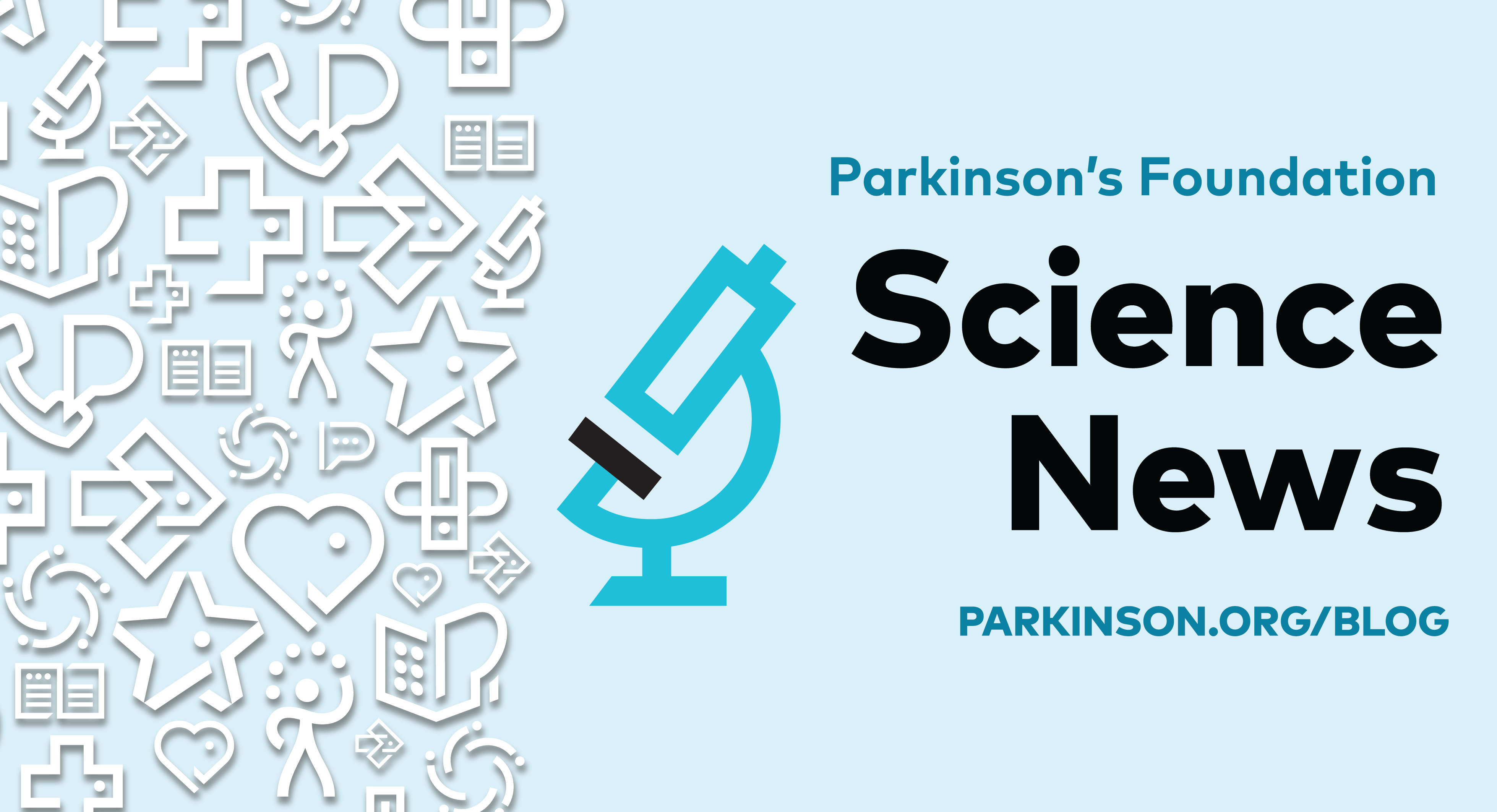Simple Blood Draw Reveals Early Inflammation/Fatigue Connection

First described as a common symptom of Parkinson’s disease (PD) more than 20 years ago, PD-related fatigue remains an under-recognized, clinically significant, disabling symptom that can diminish quality of life (Herlofson et al., 2018; Kluger et al., 2016). Often occurring prior to movement symptoms of PD — tremor, rigidity and bradykinesia — (Chong, Albor, Wakade, & Morgan, 2018), PD-related fatigue doesn’t go away over time and getting more rest does not help (APDA, 2017).
The 2014 Parkinson’s Foundation Conference on Fatigue found that half of all people with PD reported fatigue as a major problem, and one-third shared that fatigue is their single most disabling symptom. The conference brought together a multidisciplinary group of experts, including a scientist studying fatigue in breast cancer. Research in breast cancer has shown that inflammation plays a large role in fatigue, even years after treatment when patients are in remission. One of the questions that came out of the 2014 conference was whether inflammation also plays a role in fatigue in PD.
Recently published in the journal, Acta Neurologica Scandinavica, a study titled, “Inflammation and fatigue in early, untreated Parkinson’s” (Herlofson et al., 2018) sought to explore the possible association of proinflammatory cytokines (a type of substance released by a cell that promotes inflammation) and fatigue in PD. Considered the boss of the immune system, cytokines are chemical messengers responsible for up-regulating (initiating), as well as down-regulating (turning off) the immune response. Studies have found that proinflammatory cytokines may play a role in PD and have been proposed to be part of an immune response to tissue damage (Williams-Gray et al., 2016)

Funded by the Parkinson’s Foundation, Karen Herlofson, MD, led a study measuring 13 different inflammatory markers and adhesion molecules (helps cells stick to one another), obtained with a simple blood-draw in people with PD who had also been assessed for fatigue levels.
The study recruited 212 participants who were newly diagnosed with PD and untreated. They were initially recruited from the Norwegian ParkWest Project — a population-based prospective longitudinal cohort study of newly diagnosed, untreated people with PD. However, after excluding those with decreased cognitive function, symptoms of depression, excessive daytime sleepiness, apathy, other diseases or relevant medications, a total of 47 participated in this study; 24 had low fatigue scores and 23 had high fatigue scores.
Demographic data (age, years of education, weight, and height) were collected during a semi-structured interview. Disease severity was assessed by the Unified Parkinson’s Disease rating Scale part III (UPDRS III). Fatigue was assessed by the Fatigue Severity Scale (FSS), a self-administered questionnaire, which focuses upon the physical social, and mental aspects of fatigue. All 47 participants had their blood drawn the same day as the clinical assessment and all fasted the night before. The blood draw occurred between 8 and 10 a.m., to minimize confounding factors caused by circadian rhythm.
Results
Compared to the study participants without fatigue, participants with fatigue:
- Had significantly higher levels of the cytokine IL1-Ra and the adhesion molecule VCAM-1
- Had more advanced disease, as measured by the Unified Parkinson’s Disease Rating Scale (UPDRS) motor score.
- Had lower cognitive function, as measured by the MMSE (Mini-Mental State Examination).
- Had more depression, as measured by the Montgomery-Åsberg Depression Rating Scale (MADRS).
- Had less excessive daytime sleepiness, as measured by the Epworth Sleepiness Scale (ESS), showed no correlations between IL1-Ra or VCAM-1 with age, sex, years of education, BMI, UPDRS, MADRS, MMSE, apathy, or ESS.
What Does This Mean?
PD-associated fatigue can have a detrimental impact on quality of life; yet, the underlying biological cause remains unknown. This study found that having higher blood levels of the inflammatory markers IL1-Ra and VCAM-1 were associated with higher fatigue levels in newly diagnosed, untreated participants with PD. If true, and an altered immune response is indeed a factor, this finding may offer new targets to explore for future treatment — as the immune system is a promising therapeutic target for disease modification.
Additionally, these findings may, if correct, offer some future early PD diagnostic potential — as fatigue commonly presents before the classic hallmark symptoms of PD. We know that inflammation contributes to neurodegeneration in the brain. Whether or not cytokines are increased as a result of the stress and tissue damage that are a consequence of PD — or whether the inflammation happens prior to the fatigue — is a question that must be answered. This study brings us one step closer
Learn More
The Parkinson’s Foundation believes in empowering the Parkinson’s community through education. Learn more about the connection between fatigue and Parkinson’s in the below Parkinson’s Foundation resources or by calling our free Helpline at 1-800-4PD-INFO (473-4636).
Related Blog Posts


